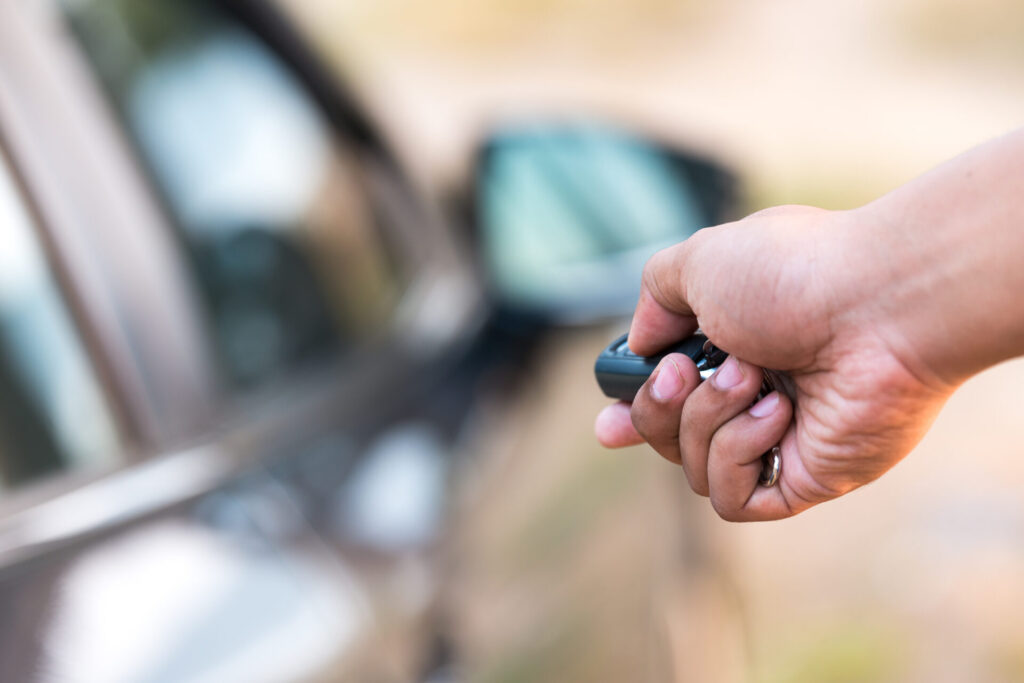The new car is locked in the garage. The keyless fob is locked in the house. What could possibly go wrong?
Unless you’ve taken all the precautions to stop keyless car theft, police say you could become part of an alarming uptick in the number of car thefts across the province.
In 2022, car thefts jumped by 27 per cent in Ottawa compared to last year, while in Toronto, it increased by 45 per cent over 2021. Between 2020 and 2022, car thefts in Ottawa went from 951 to 1502.
The reason? The post-pandemic influx of vehicles consumers ordered back in 2020 – which are only now hitting the market, due to supply chain hold ups. As a result, police say organized crime syndicates are mobilizing to steal new vehicles to ship overseas. The one exception is electric vehicles, since EVs can be tracked and even turned off remotely by the owner, making them unattractive to thieves.
For regular cars, it’s not just high-end Lexus and Mercedes catching their attention, notes William Skorupinski, CAA North & East Ontario’s Vice President of Automotive and Mobility Services.
“We are seeing more mainstream brands being stolen, like Honda CR-Vs and Toyota Corollas. Once the car has left your laneway, most of these vehicles wind up in a shipping container and are sent overseas for a profit in very short order. For our part, our dispatch teams do a review of the tow destination to ensure that we are delivering that vehicle to a garage for repair,” he says.

How keyless fob theft works
Your vehicle and keyless fob communicate using low-power radio signals that are only effective when the fob is within approximately a metre of the car door or ignition start/stop button. Thieves use special equipment amplifies the communication signals – known as a relay hack – between vehicles and smart fobs, significantly extending the system’s effective range. This can trick the car into thinking the keyless fob is next to the car door or trunk when it is somewhere else, allowing the vehicle to be unlocked and started.
How do I protect my property?
- Store your key fobs away from a window or door in a metal container. The metal provides a barrier that interrupts radio signals to/from the smart fob. Any metal box will do – a leftover Christmas cookie tin or chocolate box is perfect and acts as what’s called a “faraday cage”, which blocks transmissions to and from units. Alternatively, consider purchasing an inexpensive RFID pouch. These have metal mesh linings that can shield a key fob from sending or receiving radio signals.
- If you must park on the street, turn the wheels towards the curb, which makes towing more of a challenge. If you have a front wheel drive car, park nose in; real wheel drive vehicles should be parked nose out.
- Consider installing an ignition kill switch that stops your car from starting.
- You could also invest in an onboard diagnostic port (OBD) block. An OBD is what car manufacturers install so garages and owners can get easy access to diagnostic information. A blocker stops thieves from reprogramming your keyless fob.
- Block your vehicle between your garage and a second less sought-after vehicle.
- Use a steering wheel lock, also known as a club, to deter thieves.
- Install motion detection light and exterior surveillance cameras at home to act as a deterrent.
- Keep in mind that on occasion the thieves have returned to steal the replacement vehicle after the first one had been stolen, so continue to follow these tips.
- Remember, you should never place key fobs in a freezer or microwave oven. These methods may damage the fobs, which can cost hundreds of dollars to replace and program.

